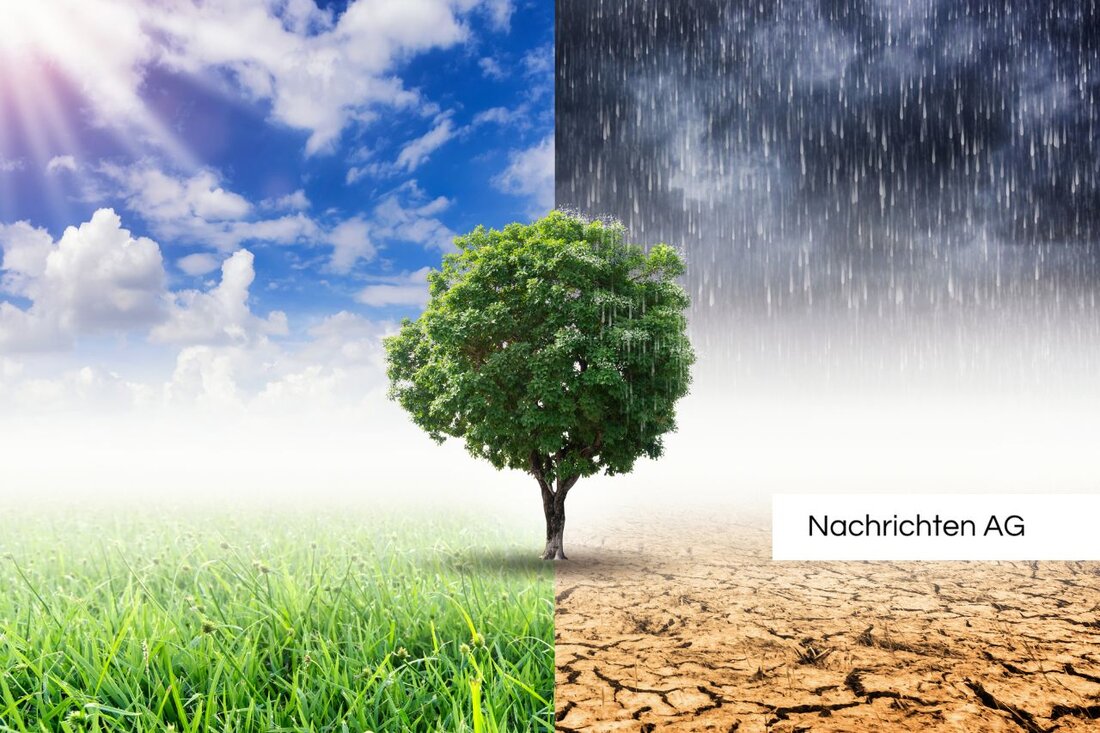Wind turbines in the forest: threat to our ecosystems or solution?
Wind turbines are being planned in the forest in Teltow-Fläming. Experts criticize their influence on ecosystems and microclimate.

Wind turbines in the forest: threat to our ecosystems or solution?
Wind turbines have become a hot topic in recent years, especially when it comes to their location. The latest plan envisages the construction of impressive wind turbines with a height of 261 meters in the landscape protection area between Halbe, Teupitz and Freidorf. These wind turbines are ten times as tall as the local pine trees and are causing divided opinions among experts and residents. Pierre Ibisch, Professor of Social Ecology of Forest Ecosystems at the University for Sustainable Development in Eberswalde, is skeptical about these projects. He emphasizes the importance of forests as a natural ecosystem that not only binds carbon dioxide, but also regulates the water and climate balance, like Berliner Newspaper reports.
But it's not just the visibility of these huge facilities that is causing dissatisfaction. The impact on the microclimate is also worrying. Wind turbines lead to soil compaction and temperature increases, which can increase the risk of forest fires. Studies show that there are differences of up to 10 degrees between open wind turbine areas and closed forest areas. According to Ibisch, wind turbines should therefore be better placed along highways in order to minimize the impact on nature.
Economic considerations
The discussion about wind power in the forest is not only an ecological one, but also an economic one. Many forest owners see wind turbines as an important source of income. While traditional timber harvesting is hardly profitable at around 100 euros per hectare, owners can earn up to 70,000 euros per year by renting out land for wind turbines. These economic incentives often conflict with environmental protection and show how divergent interests are.
Climate change itself is also considered a significant factor. A research project at St. Pölten University of Applied Sciences, called 'Climate Media Frames', examines how climate change is communicated and which strategies are used. Dr. Franziska Bruckner and her team are intensively concerned with the question of how challenges are perceived and which ecological innovations, such as wind turbines, are being discussed as possible solutions. These efforts to analyze the framing of climate initiatives could help change public perceptions, as Environment and Energy reports.
International collaborations and research
While the advantages and disadvantages of wind power are being intensively discussed in Germany and Austria, there are also developments in other countries. The Institute of Environmental Sciences and Engineering (IESE) in Latvia is a leader in research on climate technologies and energy policy. This institution promotes innovation through sustainability and relies on international cooperation to solve environmental and engineering issues. This shows that the dialogue about the use of wind power and its consequences is also internationally important, as the RTU shows.
Overall, the discussion about wind turbines in forests remains a complex matter. Economic interests, environmental protection and the urgency of climate change are in intense tension. It remains to be seen which solutions are actually viable and how the projects can ultimately be implemented.

 Suche
Suche